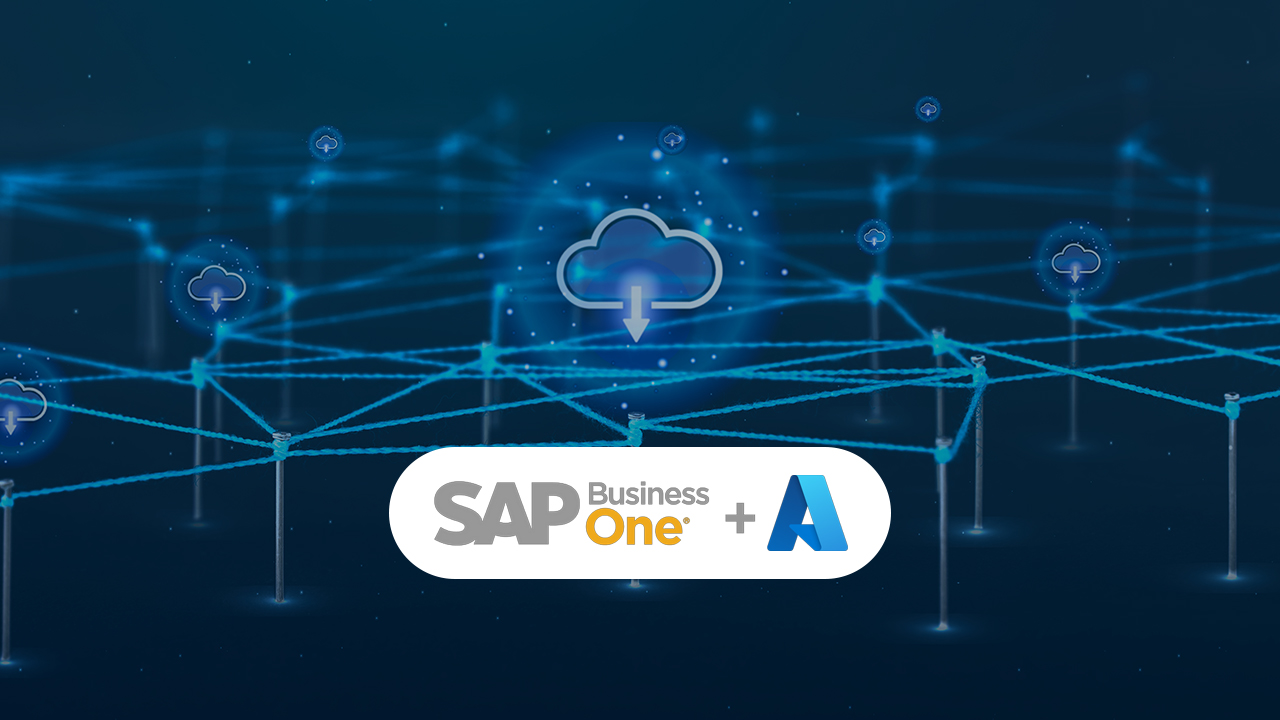
In today's fast-paced logistics industry, efficient fleet and transportation management is key to maintaining competitiveness and ensuring on-time deliveries. As businesses expand and global trade becomes more complex, logistics companies face increasing challenges related to managing transportation, optimizing routes, and controlling costs. This is where SAP Business One, a comprehensive ERP solution, comes into play. SAP Business One is designed to help small and medium-sized enterprises (SMEs) streamline their operations. When integrated with logistics, it offers numerous tools to manage fleet operations, monitor vehicle performance, optimize routes, and improve delivery times. In this blog, we will explore how SAP Business One can help businesses in logistics manage their fleet and transportation systems more efficiently.
Understanding Fleet and Transportation Challenges in Logistics
Fleet and transportation management involves coordinating various activities such as vehicle tracking, route planning, fuel management, driver assignments, and ensuring timely deliveries. Some common challenges in this field include:- High Operational Costs: Fuel, vehicle maintenance, and labour costs are significant expenses in fleet management. Without the right tools, controlling these expenses can become overwhelming.
- Inefficient Route Planning: Poorly planned routes can lead to longer travel times, increased fuel consumption, and delays in deliveries.
- Lack of Real-Time Tracking: Real-time visibility into vehicle locations and the status of deliveries is crucial for making quick decisions and adjusting plans based on unexpected events.
- Manual Processes: Many logistics companies still rely on manual processes for assigning vehicles, tracking shipments, and recording data, which often leads to human errors and delays.
How SAP Business One Addresses Fleet and Transportation Management
SAP Business One provides a robust solution to overcome these challenges by offering end-to-end visibility into fleet and transportation operations. Here are the key features that make SAP Business One indispensable in logistics:- Fleet Tracking and Real-Time Monitoring
- Track the exact location of vehicles.
- Monitor driver behaviour (e.g., speed, idling times).
- Detect deviations from planned routes.
- Respond quickly to delays or accidents.
- Route Optimization and Planning
- Traffic conditions.
- Fuel efficiency.
- Delivery time windows.
- Vehicle load capacity.
- Vehicle Maintenance and Asset Management
- Schedule regular maintenance tasks based on mileage or engine hours.
- Keep a detailed history of repairs and maintenance costs.
- Receive automatic reminders for upcoming service dates.
- Track spare parts inventory and usage.
- Fuel and Cost Management
- Identify inefficient vehicles or drivers with higher-than-average fuel consumption.
- Ensure that fuel is used optimally by following the most efficient routes.
- Analyse fuel costs and identify areas where savings can be made.
- Driver and Workforce Management
- Driver Scheduling: Automatically assign drivers based on vehicle availability, route requirements, and driver working hours.
- Performance Monitoring: Track key performance indicators (KPIs) such as on-time deliveries, fuel efficiency, and customer feedback.
- Compliance Management: Ensure that drivers comply with local regulations, such as working hour limits and rest periods, by tracking their schedules and shifts within SAP Business One.
- Reporting and Analytics
- Fleet performance metrics (e.g., fuel efficiency, delivery times).
- Vehicle maintenance history and costs.
- Route efficiency and travel times.
- Driver performance and customer feedback.
- Integration with IoT and Telematics
- Telematics can provide real-time data on vehicle conditions, such as tire pressure, engine performance, and fuel levels.
- IoT sensors can monitor temperature and humidity in vehicles carrying perishable goods, ensuring that products remain within safe limits during transit.
Conclusion
SAP Business One offers a comprehensive suite of tools that simplify and optimize fleet and transportation management in the logistics sector. From real-time vehicle tracking to route optimization, fuel management, and driver performance monitoring, the software covers every aspect of fleet operations. Additionally, its ability to integrate with IoT, telematics, and GPS systems makes it a powerful solution for logistics companies looking to reduce costs, improve delivery times, and enhance customer satisfaction. Incorporating SAP Business One into your logistics operations not only streamlines daily processes but also provides the data-driven insights necessary for long-term success. By automating workflows, minimizing manual processes, and delivering real-time tracking, SAP Business One is a valuable asset for logistics companies looking to stay competitive in today’s dynamic market.



